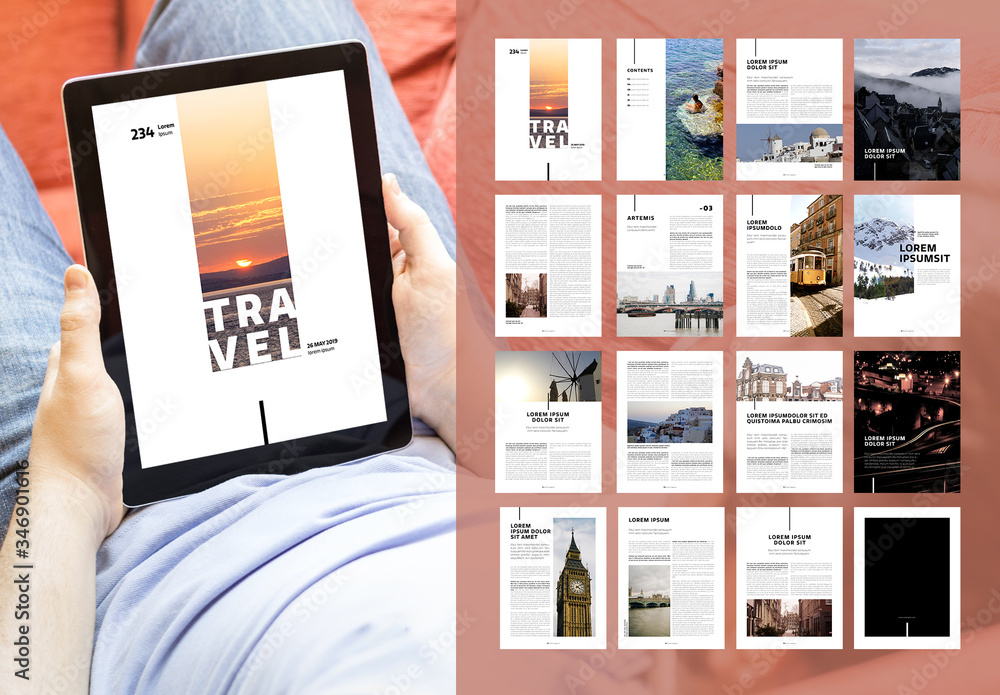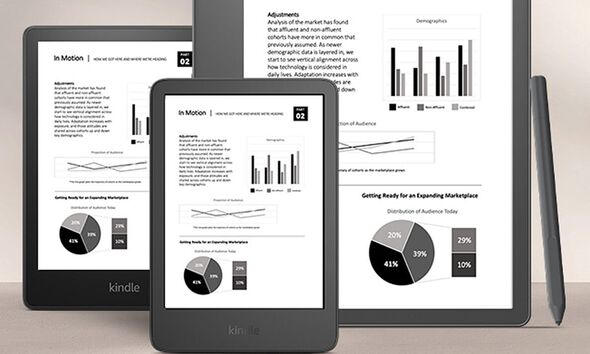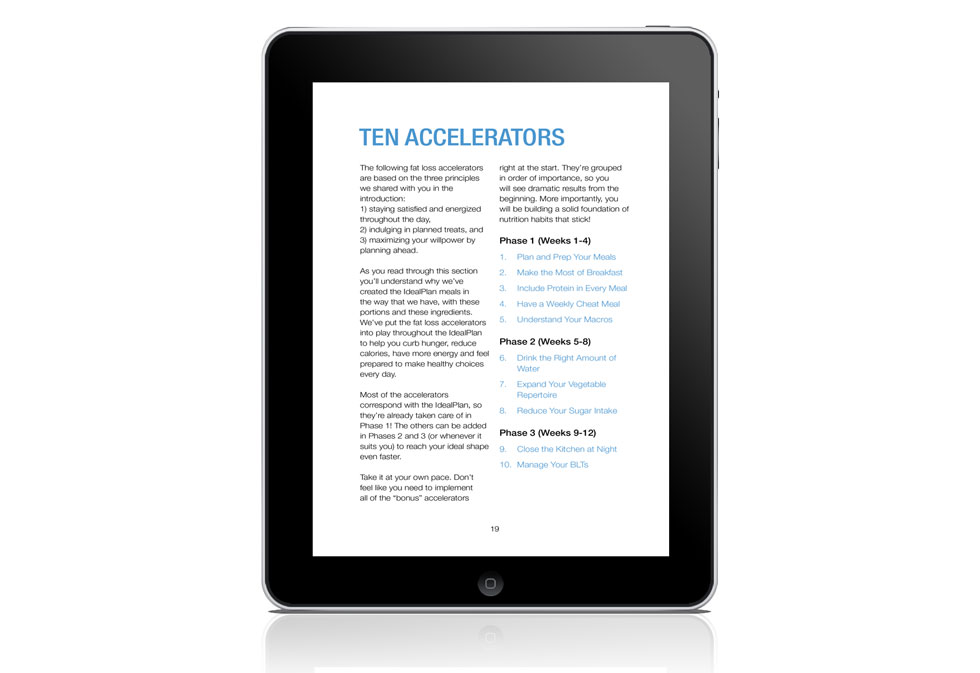
In today's rapidly evolving world of nutrition and dietary preferences, it is crucial for cookbook designs to cater to individual needs.
This article explores ten essential elements that contribute to a successful diet-specific cookbook design.
From diet category tagging to customizable recipe features, these elements enhance user navigation, provide clear dietary information, and offer flexibility for different diets.
With a focus on user-friendly layout and interactive features, this article aims to inform and engage readers in their cooking experience, empowering them to make informed choices and enjoy culinary freedom.
Understanding the Target Diet: Research and Analysis
The understanding of the target diet is crucial for conducting research and analysis in order to develop a comprehensive and effective cookbook design. Researching the target diet involves gathering information on its specific guidelines, restrictions, and recommended food choices. This research can be done by studying scientific literature, consulting with nutritionists and dieticians, and analyzing existing cookbooks and recipes that cater to the target diet.
One important aspect of understanding the target diet is diet category tagging. This involves categorizing recipes based on the specific diet they adhere to, such as vegan, gluten-free, or paleo. Diet category tagging allows users to easily identify recipes that align with their dietary preferences or restrictions. It also enables them to explore a variety of recipes within their chosen diet category, ensuring a diverse and enjoyable cooking experience.
Incorporating Diet Category Tagging: Enhancing User Navigation
An effective way to enhance user navigation in a diet-specific cookbook design is by incorporating diet category tagging. By categorizing recipes according to different diet types, users can easily find recipes that align with their specific dietary needs and preferences. This not only improves user engagement but also optimizes search functionality, allowing users to quickly and efficiently discover recipes that fit their requirements.

Here are three key benefits of incorporating diet category tagging:
Improved user experience: By organizing recipes into different diet categories, users can easily navigate through the cookbook and find recipes that are relevant to their chosen diet. This streamlines the user experience and ensures that users can quickly access the recipes they need.
Customized recommendations: With diet category tagging, the cookbook can also provide personalized recommendations based on the user's selected diet. This enhances user engagement by offering tailored suggestions that match their dietary preferences.
Easy filtering and searching: Diet category tagging allows users to filter recipes based on their specific dietary requirements. This makes it easier for users to find recipes that are suitable for their chosen diet, optimizing the search process and saving users time and effort.
Recipe Filtering and Sorting: Finding the Perfect Dish
Optimizing recipe filtering and sorting is essential for users to efficiently find the perfect dish in a diet-specific cookbook design. By incorporating recipe customization and dish recommendation features, users can have the freedom to tailor their search and discover recipes that align with their specific dietary needs and preferences.
Recipe customization allows users to filter recipes based on their dietary restrictions, such as gluten-free, vegetarian, or low-sodium options. This feature ensures that users can easily find recipes that suit their individual needs, saving them time and effort in searching through a vast collection of recipes.
Additionally, dish recommendation features can provide users with personalized suggestions based on their previous recipe preferences and ratings. This helps users discover new dishes that they may not have considered before and adds variety to their meal planning.

Clear and informative dietary information is crucial in a cookbook design, as it allows individuals to make informed decisions about their food choices. This includes providing dietary labeling requirements, such as listing the nutritional content of each recipe and highlighting any potential allergens.
Nutrient content claims can also be included to guide readers towards recipes that align with specific dietary needs, while ingredient restrictions and substitutions can provide options for those with dietary restrictions or preferences.
Dietary Labeling Requirements
The dietary labeling requirements provide clear and informative dietary information, including nutritional guidelines, for consumers. These regulations are essential in ensuring that individuals have access to accurate and transparent information about the food they consume.
The following are three key points regarding dietary labeling requirements:
Ingredient transparency: The regulations require manufacturers to provide a detailed list of ingredients on food labels. This allows consumers to make informed choices about the products they purchase and consume.
Nutritional guidelines: The labeling requirements also include information on the nutritional content of food products. This includes the amount of calories, fat, protein, carbohydrates, and other essential nutrients present in a serving.
Allergen labeling: The regulations also mandate clear labeling of common allergens, such as peanuts, dairy, and gluten. This is crucial for individuals with allergies to avoid potential health risks.

Nutrient Content Claims
Several nutrient content claims can provide clear and informative dietary information, including nutritional guidelines, to consumers. These claims are important for individuals who desire freedom in making informed choices about their food.
One such claim is nutrient density, which refers to the amount of nutrients in a given food in relation to its calorie content. Foods with high nutrient density provide more essential vitamins and minerals per calorie, making them a healthier choice.
Health claims are another type of nutrient content claim that provide information about the relationship between a food or a nutrient and a specific health condition. These claims can help consumers understand how certain foods or nutrients can contribute to their overall well-being.
Ingredient Restrictions and Substitutions
One key aspect of providing clear and informative dietary information in a cookbook is to include a variety of ingredient restrictions and substitutions. This is important because individuals with specific dietary needs, such as allergies or intolerances, require options that cater to their restrictions. By including ingredient modifications and allergy-friendly options, cookbook designers can ensure that their recipes are accessible and adaptable for a wide range of individuals.
Ingredient modifications: Providing alternative ingredients or preparation methods can help individuals with dietary restrictions enjoy a wider variety of dishes. For example, suggesting gluten-free flour as a substitute for wheat flour in baking recipes can accommodate those with gluten intolerances.
Allergy-friendly options: Clearly indicating which recipes are free from common allergens, such as nuts, dairy, or shellfish, can ensure individuals with allergies can confidently choose recipes that suit their needs.
Informative dietary information: In addition to providing ingredient restrictions and substitutions, it is essential to include clear and informative dietary information. This can include nutritional guidelines, such as calorie counts, macronutrient breakdowns, and recommended serving sizes, to help individuals make informed choices about the dishes they prepare.

Customizable Recipe Features: Adapting to Individual Preferences
As individuals have different dietary preferences and restrictions, it is important to incorporate customizable recipe features that can be adapted to meet their individual needs.
Adapting recipes to suit personal preferences allows for a sense of freedom and flexibility in choosing meals that align with one's tastes and dietary requirements.
Personalization options can include ingredient substitutions, portion adjustments, and flavor variations.
For example, a recipe that calls for dairy products can be modified to use plant-based alternatives for those who are lactose intolerant or follow a vegan diet.
Additionally, portion sizes can be adjusted to accommodate different appetite levels or specific health goals.
Visual Presentation: Captivating Food Photography
The use of high-quality, professional food photography is essential to capturing the reader's attention and enhancing the visual appeal of a cookbook. Captivating food styling and the importance of high-quality images cannot be overstated when it comes to creating a visually appealing cookbook.
Here are three reasons why captivating food photography is crucial:

Visual Impact: High-quality images help to create a strong visual impact and draw the reader's eye to the recipes. When the food looks enticing, readers are more likely to be inspired to try the recipes themselves.
Appetite Appeal: Well-executed food styling can make the dishes look even more appetizing and mouthwatering. By showcasing the food in its best light, readers are more likely to be enticed to try the recipes and explore the cookbook further.
Professionalism: High-quality images convey a sense of professionalism and attention to detail. They give the impression that the recipes in the cookbook have been carefully curated and tested, adding credibility to the author and the overall quality of the book.
User-Friendly Layout and Navigation: Simplifying the Cooking Process
User-friendly layout and navigation are crucial elements in a cookbook design that aims to simplify the cooking process.
To achieve this, an intuitive recipe search function should be implemented, allowing users to easily find recipes based on their preferences or dietary restrictions.
Clear and concise step-by-step instructions are also essential, providing users with a seamless cooking experience and ensuring successful outcomes.
Intuitive Recipe Search
An intuitive recipe search is an essential element in a diet specific cookbook design, as it simplifies the cooking process by providing a user-friendly layout and navigation system.

Efficient search algorithms play a vital role in ensuring that users can easily find recipes based on their dietary preferences and restrictions. By using advanced algorithms, the cookbook can quickly filter through thousands of recipes and present the most relevant options to the user.
Additionally, incorporating user feedback and recommendations into the search system allows for a more personalized experience. Users can rate and review recipes, providing valuable insights for others who may be looking for similar dishes.
This interactive approach enhances the overall user experience and encourages a sense of freedom and exploration in the kitchen.
Clear Step-By-Step Instructions
To ensure a smooth and enjoyable cooking experience, the cookbook design should incorporate clear step-by-step instructions that guide users through the recipe, making it easier to follow and navigate.
Clear instructions are essential for users to understand the cooking process and achieve the desired results.
The layout and organization of the recipe should be user-friendly, with each step clearly numbered and specified.
Additionally, the cookbook should provide detailed ingredient measurements to ensure accuracy and consistency in cooking. This includes not only the quantity of each ingredient but also the specific units of measurement, such as cups, tablespoons, or grams.

Ingredient Substitution Options: Flexibility for Different Diets
With the growing demand for specialized dietary needs, cookbook designs should incorporate ingredient substitution options that offer flexibility for different diets. This allows individuals to adapt recipes to their specific needs, ensuring that they can still enjoy delicious meals while accommodating their dietary restrictions. Flexible recipe options are essential for accommodating dietary needs, as they allow individuals to make necessary substitutions without compromising the flavor or nutritional value of the dish.
By providing ingredient substitution options, cookbook designs empower individuals to explore different dietary options and tailor recipes to their specific needs. This flexibility not only promotes freedom in food choices but also encourages individuals to experiment with new ingredients and flavors. Incorporating ingredient substitution options in cookbook designs is a crucial step in creating inclusive and adaptable recipes for individuals with diverse dietary needs.
To achieve this, cookbook designs can:
- Provide a variety of substitute options for common allergens (e.g., dairy, gluten, nuts)
- Offer suggestions for alternative sweeteners and oils for individuals following specific diets (e.g., paleo, keto)
- Include tips for adapting recipes to different dietary preferences, such as vegetarian or vegan options.
Allergy and Intolerance Considerations: Catering to Specific Needs
Include a range of substitute options for common allergens, such as dairy, gluten, and nuts, to cater to specific dietary needs and ensure inclusivity in cookbook design.
Allergies and intolerances can greatly impact an individual's ability to enjoy certain foods. By providing allergen-free options in a cookbook, individuals with specific dietary needs can still participate in the joy of cooking and eating.
It is crucial to offer alternative ingredients that can be used as substitutes for allergens, allowing individuals to create delicious and safe meals.
Furthermore, it is important to address the issue of cross-contamination prevention. This involves providing guidance on how to avoid cross-contamination between allergenic and non-allergenic ingredients, ensuring the safety of those with allergies or intolerances.

Interactive Features: Engaging the User in the Cooking Experience
Users can actively participate in the cooking experience through the implementation of interactive features that enhance their engagement and enjoyment. These interactive features not only make the cooking process more fun but also provide opportunities for users to learn and develop their culinary skills.
Here are three examples of interactive features that can enhance the cooking experience:
Step-by-step tutorials: Providing users with detailed instructions and visual aids can help them follow along easily and understand the cooking techniques better.
Interactive recipe variations: Allowing users to customize recipes based on their preferences or dietary restrictions can give them a sense of freedom and ownership in the cooking process.
Virtual cooking classes: Offering virtual cooking classes where users can interact with professional chefs or cooking enthusiasts can provide an immersive and educational experience.
Frequently Asked Questions
How Can Diet Specific Cookbooks Incorporate Cultural Food Preferences?
Diet specific cookbooks can incorporate cultural food preferences by integrating cultural adaptation techniques and embracing culinary diversity. This allows for the inclusion of recipes and ingredients that reflect different cultural backgrounds, providing a sense of freedom and inclusivity for the audience.
Are There Any Recommendations for Adapting Recipes for Individuals With Medical Conditions?
Adapting recipes for individuals with medical conditions involves careful consideration of dietary restrictions and nutritional needs. It is essential to consult with healthcare professionals and utilize evidence-based guidelines to ensure safe and effective recipe modifications.

To ensure accurate and up-to-date nutritional information for each recipe, the cookbook should rely on verified sources, such as nutrition databases or expert consultation. Regular updates and cross-checking can further enhance the credibility of the information provided.
Can the Customizable Recipe Features Accommodate Different Portion Sizes?
Customizable recipe features in a diet-specific cookbook design can indeed accommodate different portion sizes. This allows users the freedom to adjust recipes to their specific needs while still maintaining the integrity of the nutritional information provided.
Are There Any Suggestions for Incorporating User Feedback and Suggestions Into Future Editions of the Cookbook?
Incorporating user feedback and suggestions is crucial for improving future editions of the cookbook. By actively seeking input, analyzing data, and implementing changes, the cookbook can evolve to better meet the needs and preferences of its audience.
 Digital Art InstructionDIY Infographics DesignMobile Game ArtworkPersonalized Logo Design3D AnimationeBook Covers DesignPrivacy PolicyTerms And Conditions
Digital Art InstructionDIY Infographics DesignMobile Game ArtworkPersonalized Logo Design3D AnimationeBook Covers DesignPrivacy PolicyTerms And Conditions
